Although the bicycle was invented some two centuries ago, it is still a great mode of transportation for a variety of reasons. However, like all tools, they require regular maintenance and repair to keep them performing at their best. Whether you ride your bicycle in the city or in the great outdoors, we have a quick guide on bicycle repair and maintenance and some of the tools (something a Peli case is perfect for carrying) you’ll need.
Bicycle Inspection and the ABCs
The best way to keep your bike at its best is to perform routine inspections, possibly even doing so every time you plan to ride it. This helps to identify potential problems before they happen, preventing possible safety hazards. To achieve this quick inspection, we can adhere to the ABCs of bike inspection: Air, brakes and chain.
Air
A is for air, and of course, one of the issues you’ll want to avoid is getting flat tyres. Although any number of things can result in a popped tyre, making sure that they are properly inflated before riding is one of the ways to prevent flats from happening. Using the palms of your hands, push down on the top of the tyre and squeeze it to make sure there is enough air in the tyre. The tyre should feel firm if it is inflated properly. If it’s flat, it’ll be fairly obvious to the touch, but it’s always good if you are unsure to check the tyre pressure. The tyres should display a recommended pressure (PSI) on the sidewall of the tyre.
Brakes
B is for brakes. You can have a quick look at the brakes to make sure the brake pads and the cables don’t seem to be worn down. Then you’ll want to squeeze the brake levers to make sure they are operating smoothly. The levers should not reach the handlebar, this would indicate that the brake cable is too loose. You should test them independently of each other. If you detect any issue, it may be prudent to get the brakes checked out or repaired by a professional before riding.
Chain, cranks and cassette
C is for chain, as well as cranks and cassette. It’s important to always check that the chain is clean and lubricated. If the chain is rusty, it will drag, change gears poorly and could even snap. Check that the cranks, or pedals, are working as expected and that they do not wiggle oddly from side to side when spinning them as well as checking that they do not make any funny grinding noises. The chain should run smoothly through the cassette. Lastly, the derailleur, which is the device that moves the chain between gears must be ensured that it is straight and clears the tyre spokes comfortably.
Quick release
A bonus letter is Q for quick release. Check the quick release skewers on the wheels. Make sure they are tight enough to keep the wheels in place.
Cleaning and Lubricating Your Bike
According to REI, a regular maintenance schedule is important. This can be monthly, weekly or even more often depending on your type and/or frequency of riding. Depending on your type of riding, such as in wet or muddy conditions, or if you are riding hard, fast and often, cleaning the bike more frequently should be a priority.
Regular cleaning and lubrication will protect the bike’s many moving parts from excessive wear and tear caused by friction as well as keep rust and corrosion to a minimum.
Supplies and tools for bike repair and maintenance
Clean rags: These are useful for grease, oil and wax-related tasks as well as general cleaning and drying.
Brushes: You should have several sizes and shapes the ensure that you can get into hard-to-reach places so as to remove gunk and grime that can’t be done by simply rinsing with water.
Water: This may go without saying but water is a handy tool. Just make sure to be careful when using hoses, as some high-pressure hoses can damage sensitive parts of your bike such as the bearing systems.
Soap: A preformulated bike wash cleaner is good, but you can even use diluted dishwashing soap.
Degreaser: To clean up grimy parts of the bike such as the chain, a bike-specific degreaser is ideal.
Lubricant: As stated before, lubricating the bike is part and parcel of a regular maintenance routine and can extend the lifetime of your bike. There are two types of lubricants: Dry and wet. Dry is useful for dry environments, while wet, as you might imagine, is better for riding in wet conditions.
Bike repair stand: This is just a stand that will allow you to position the bike in a comfortable height to work on it as well as allow for turning of the pedals and easy wheel removal to clean all the parts when necessary.
Tyre pump: This may seem straight forward, but it’s important to be able to keep tyres inflated as well as know if they are pressured properly.
Tyre levers: An essential tool for one’s toolbox, they are used for getting tyres off of a wheel. Often, tyres are near impossible to get off without levers. Without being able to remove the tyre, repairing punctures is not easy.
Puncture repair kit: Tyre punctures can happen, but there are tools that allow you to repair the puncture. Check out this guide to puncture repair by BikeRadar for more.
Allen/hex keys: A multi-tool is great for on-the-road repairs but having Allen/hex keys in your toolbox is a good idea. With the T-handle, this will allow you to access awkwardly positioned nuts and bolts.
Torque wrench: Widely available and cheap, the torch wrench is a must. There are even very compact bike-specific ones available on the market. These are best for tightening bolts on a bike and keep you from tightening too much.
Pedal spanner: Sometimes pedals will have to be removed for cleaning, repair or even replacement. A proper pedal spanner helps to get the pedals off, especially if they haven’t been removed in some time. One tip is to get yourself a pedal spanner that is flat and thin, as this will make it easier to get between the pedal and the crank arm to undo.
Chain breaker tool: A tool that is essential for any toolbox is the chain breaker. This allows you to repair stiff links and to take the chain off to do some serious cleaning. Again, keeping the chain clean and lubricated will significantly prolong the life of your bike.
Chain whip and cassette lockring tool: A chain whip is a simple tool that's used simply to hold the cassette in place to stop it from freewheeling while snapping the lockring loose. The lock ring is a threaded washer used to prevent components from becoming loose during rotation which can be found on the cassette. This keeps the cassette from coming off while rotating the pedals. Removing the cassette may be necessary for replacement or deep cleaning.
Bottom bracket tool: The bottom bracket is the component on the bicycle that connects the crankset, i.e. the pedals, to bike’s frame. This is what allows it to rotate independently of the frame itself. As with the other tools on this list, this tool allows for the removal or installation of the bottom bracket.
Peli Products is the global leader in the manufacture of IP67 watertight, dust-proof, airtight and impact-resistant protective cases. Our cases are especially popular among professionals and hobbyists, and DIYers of various kinds that use tools regularly in their ventures. Check out some of these examples of custom-made toolboxes made with Peli cases.
Additionally, we have a guide on how you can make your very own toolbox out of a Peli case.
Should you be interested in getting a Peli case for your toolbox, click on the button below to see our full case catalogue.





.png)

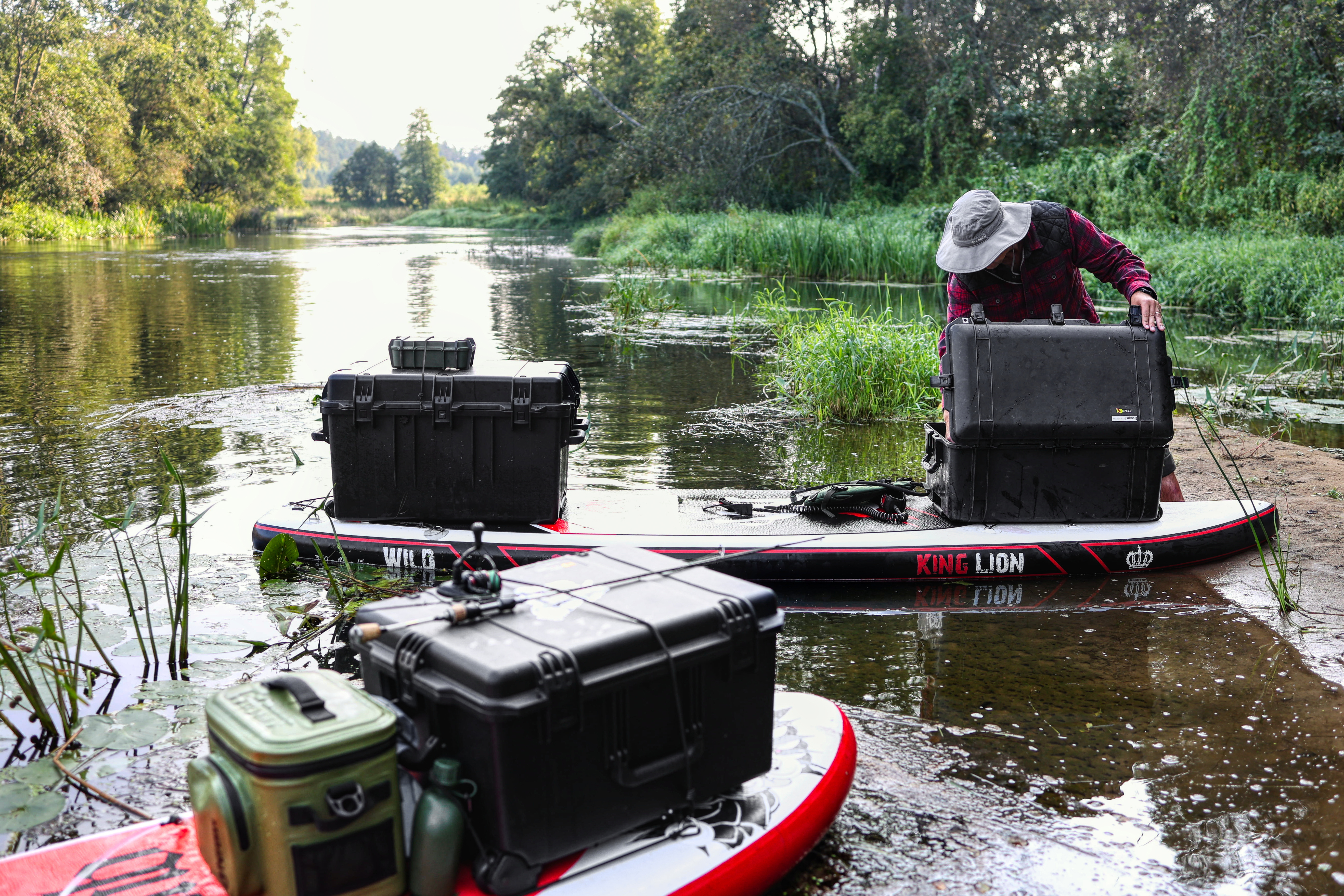




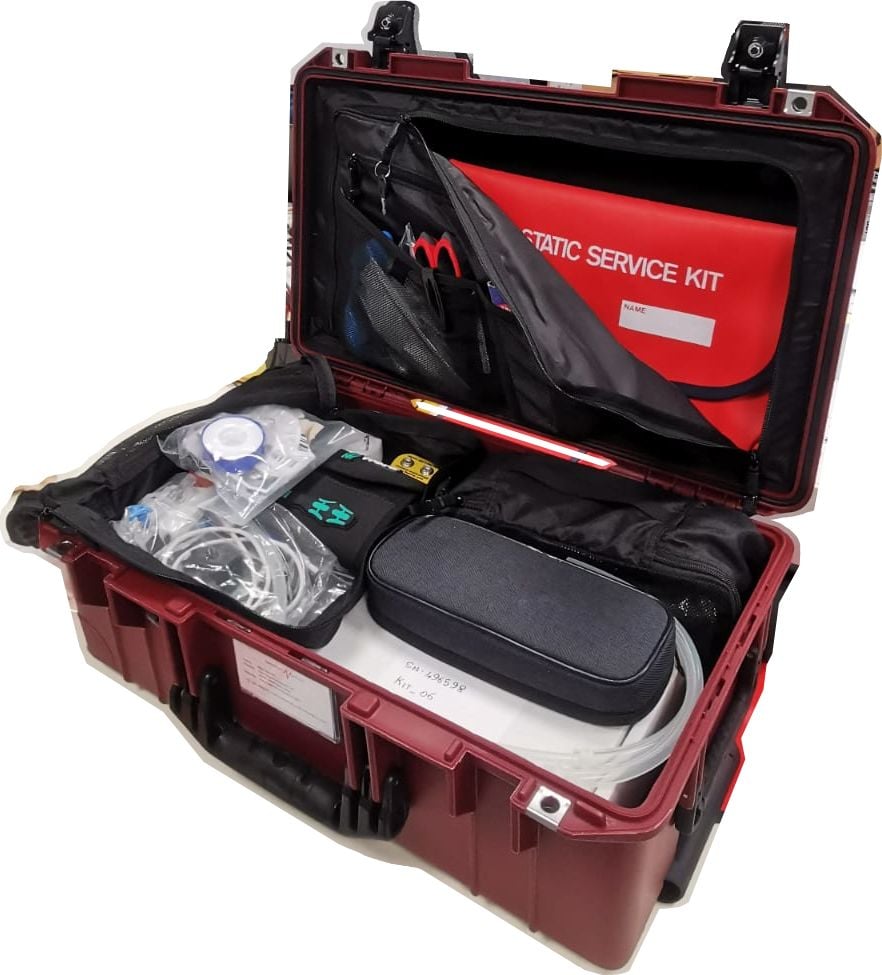
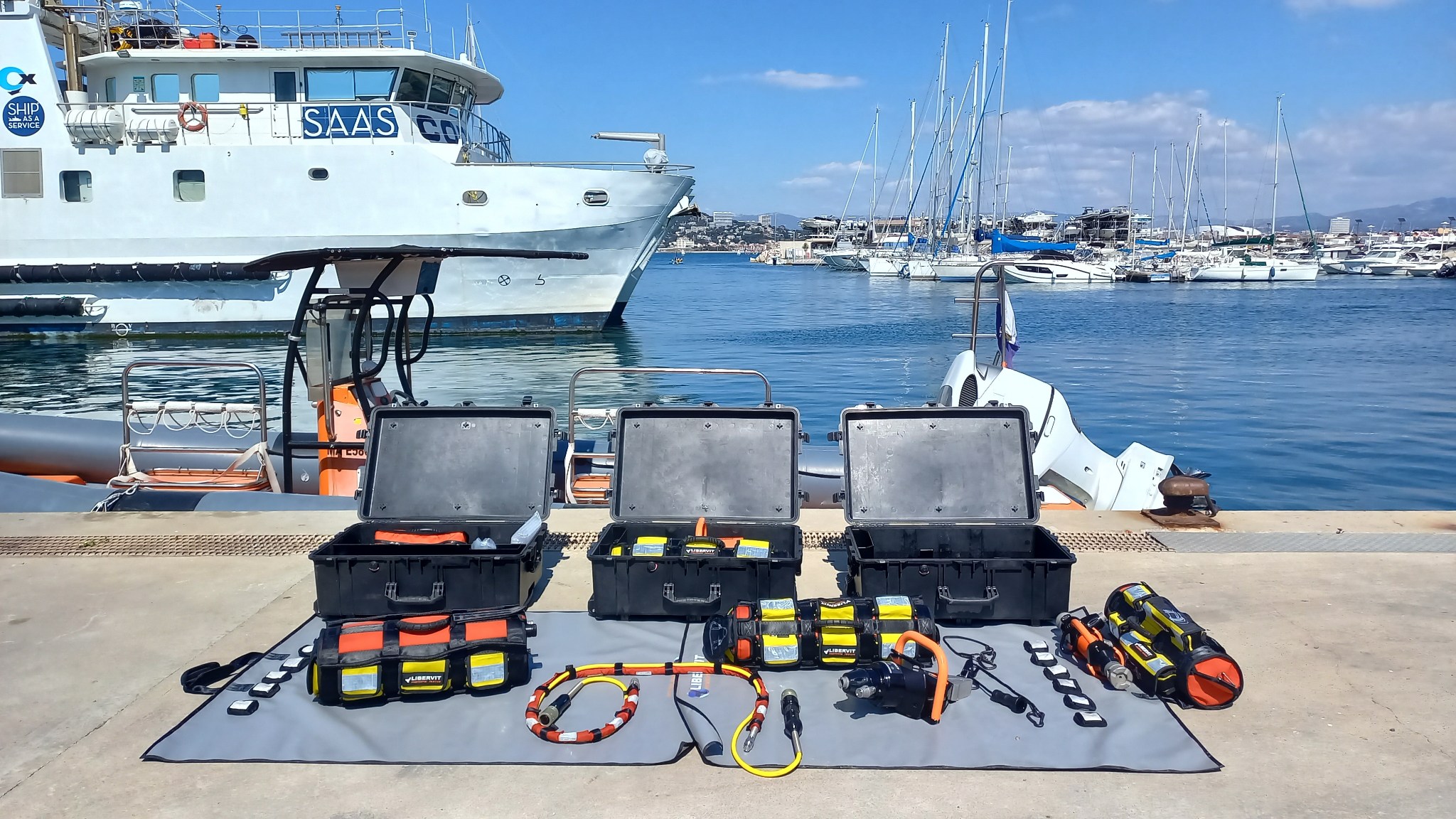
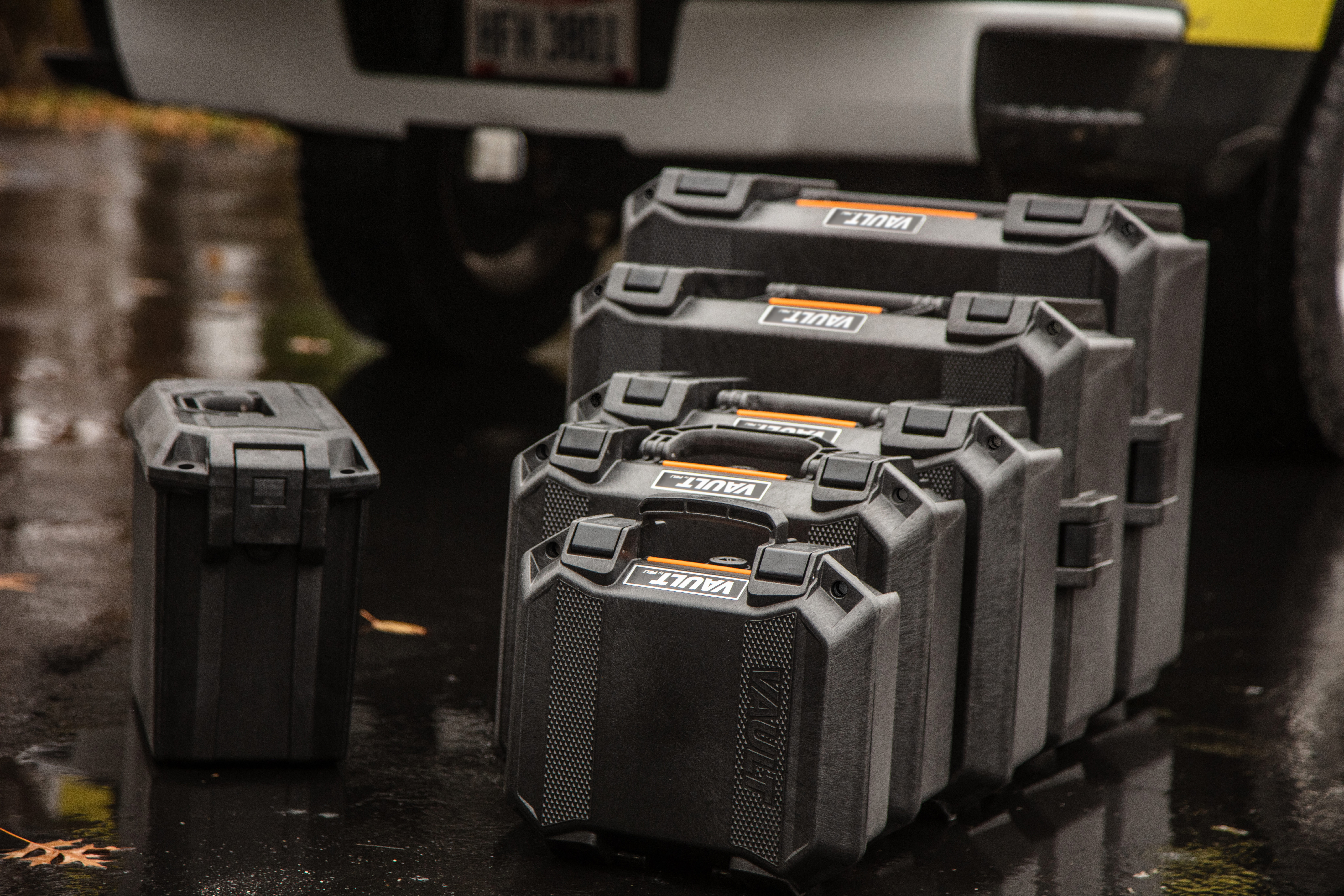
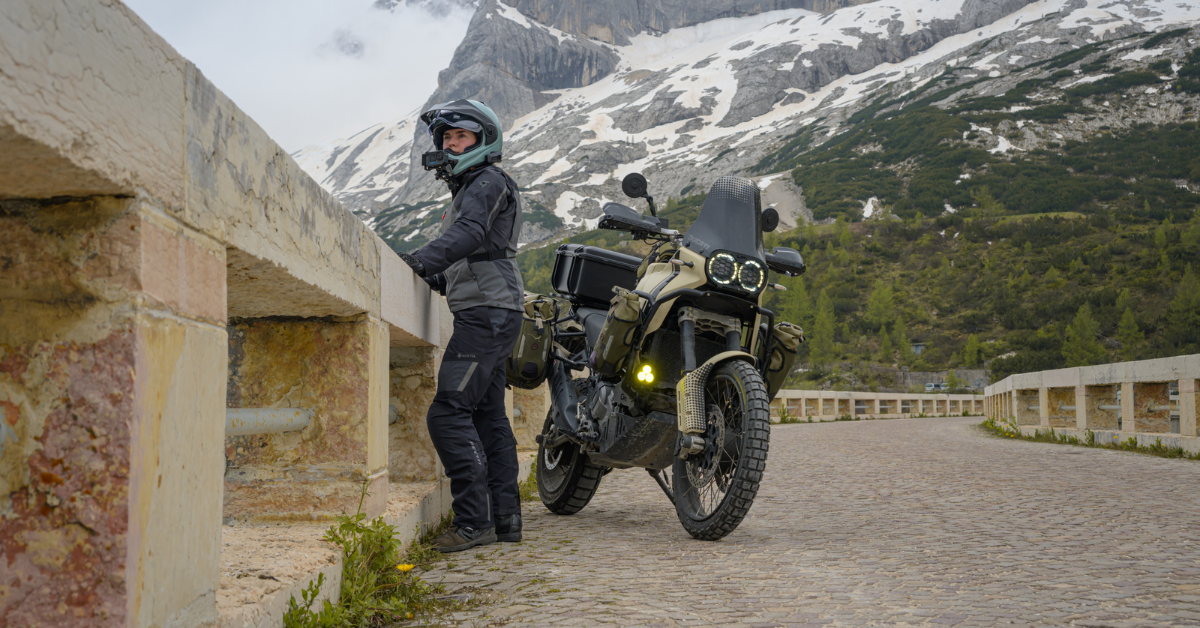
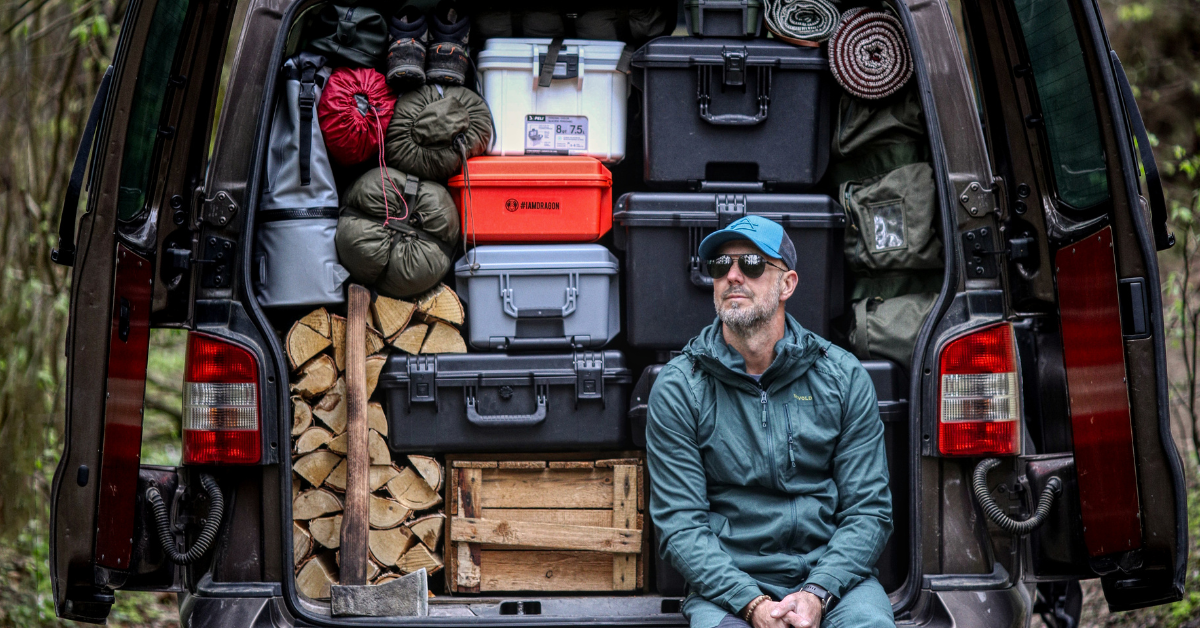
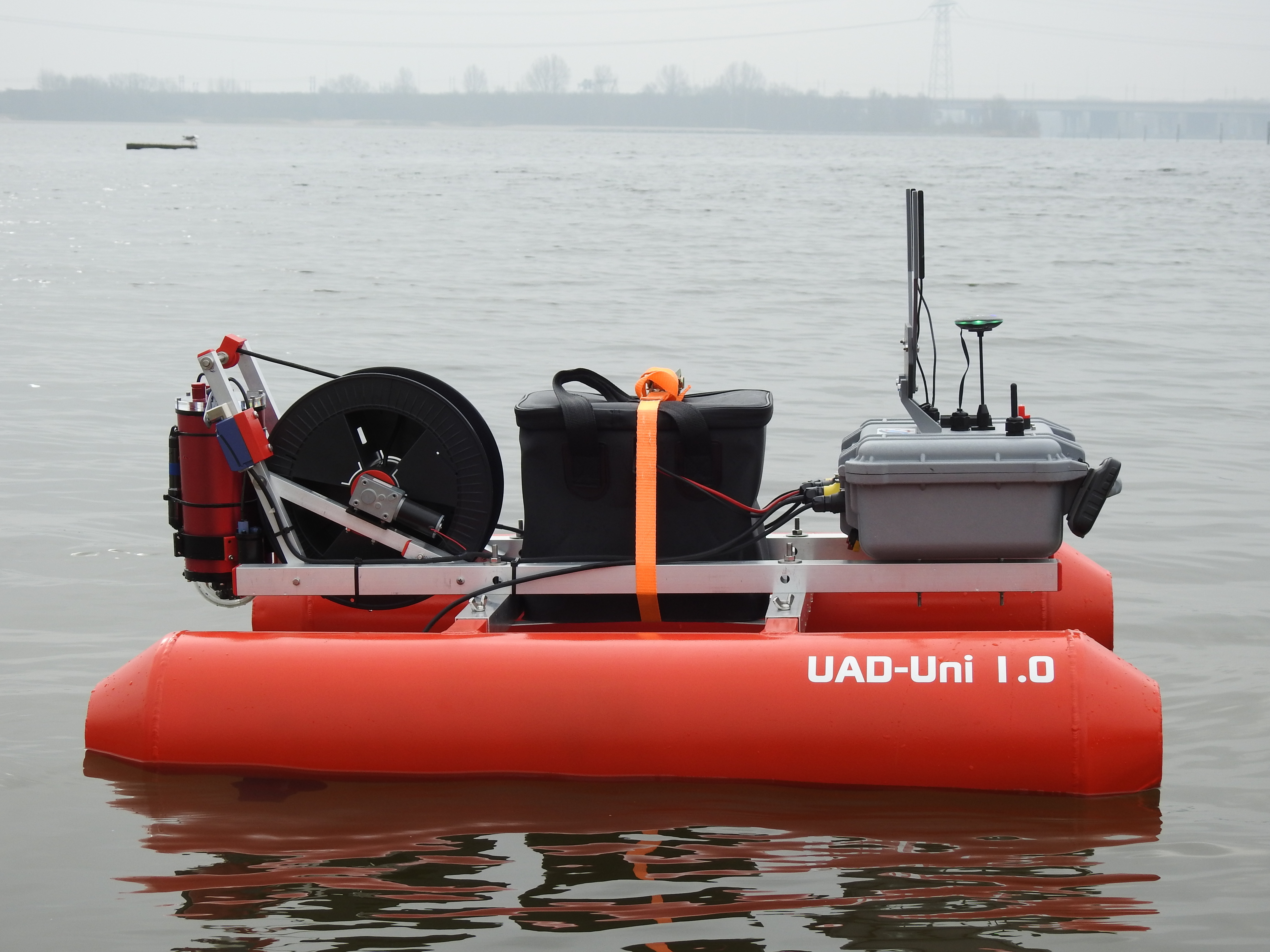
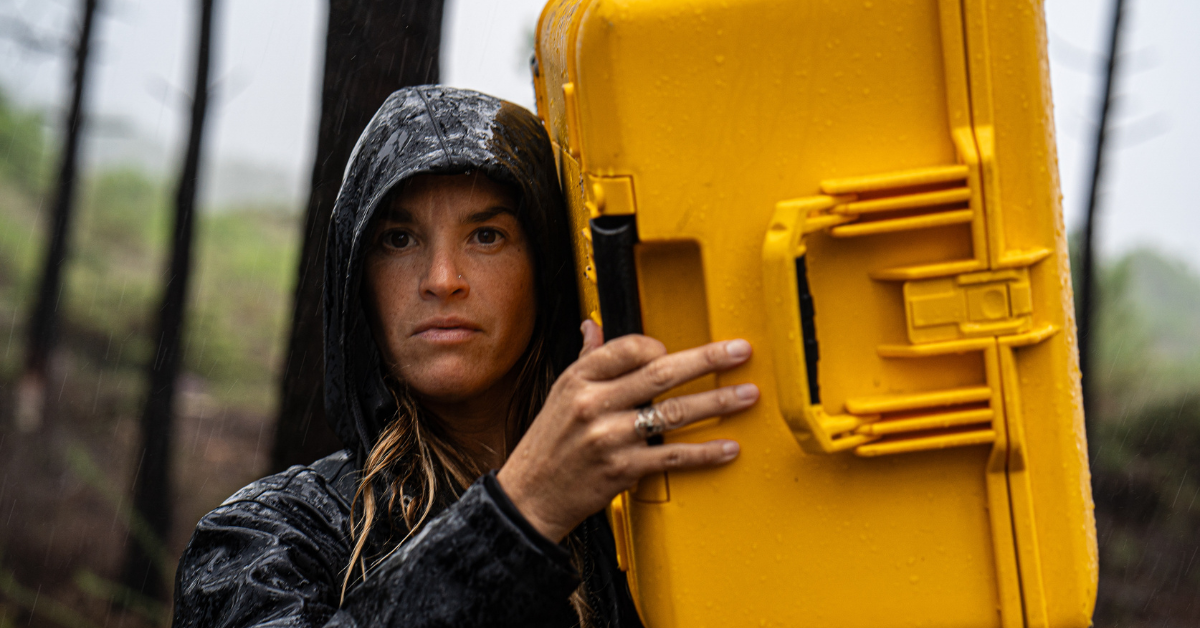
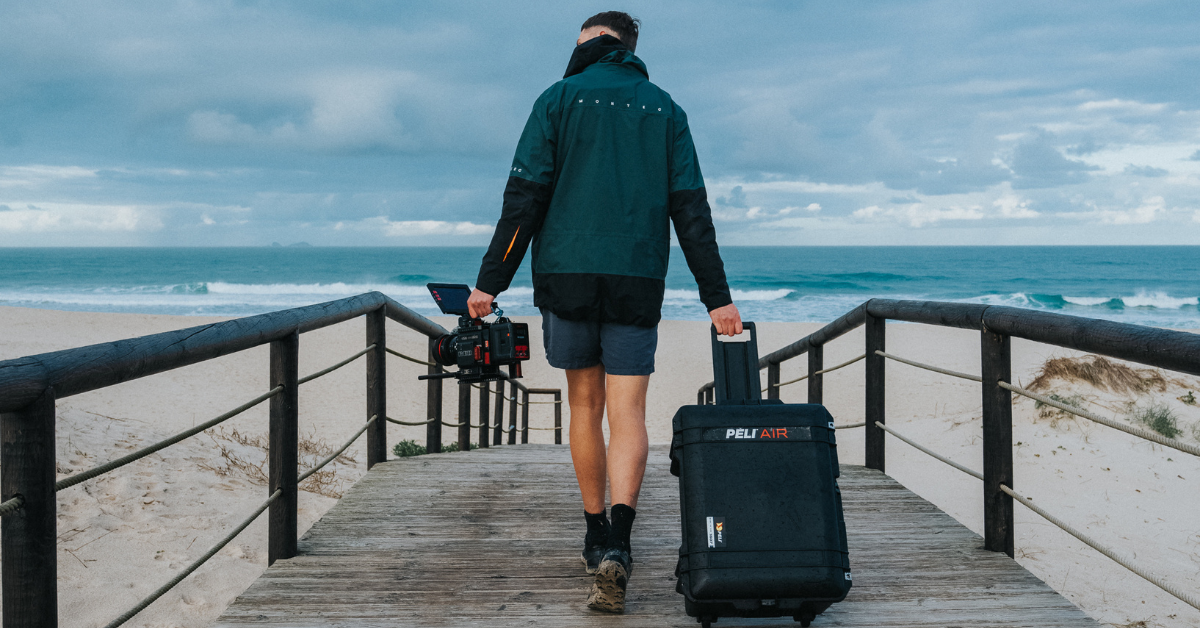

Post a comment